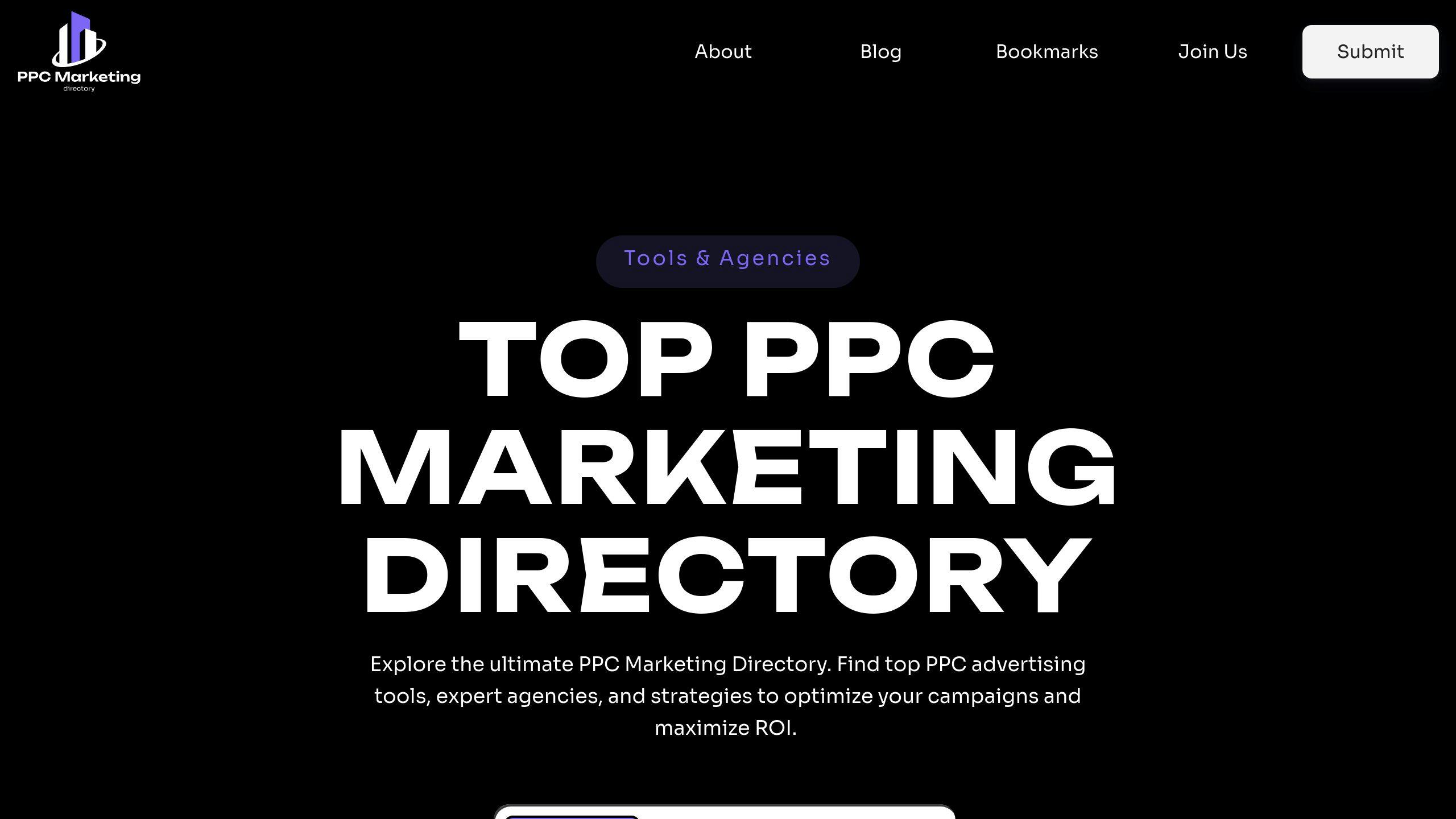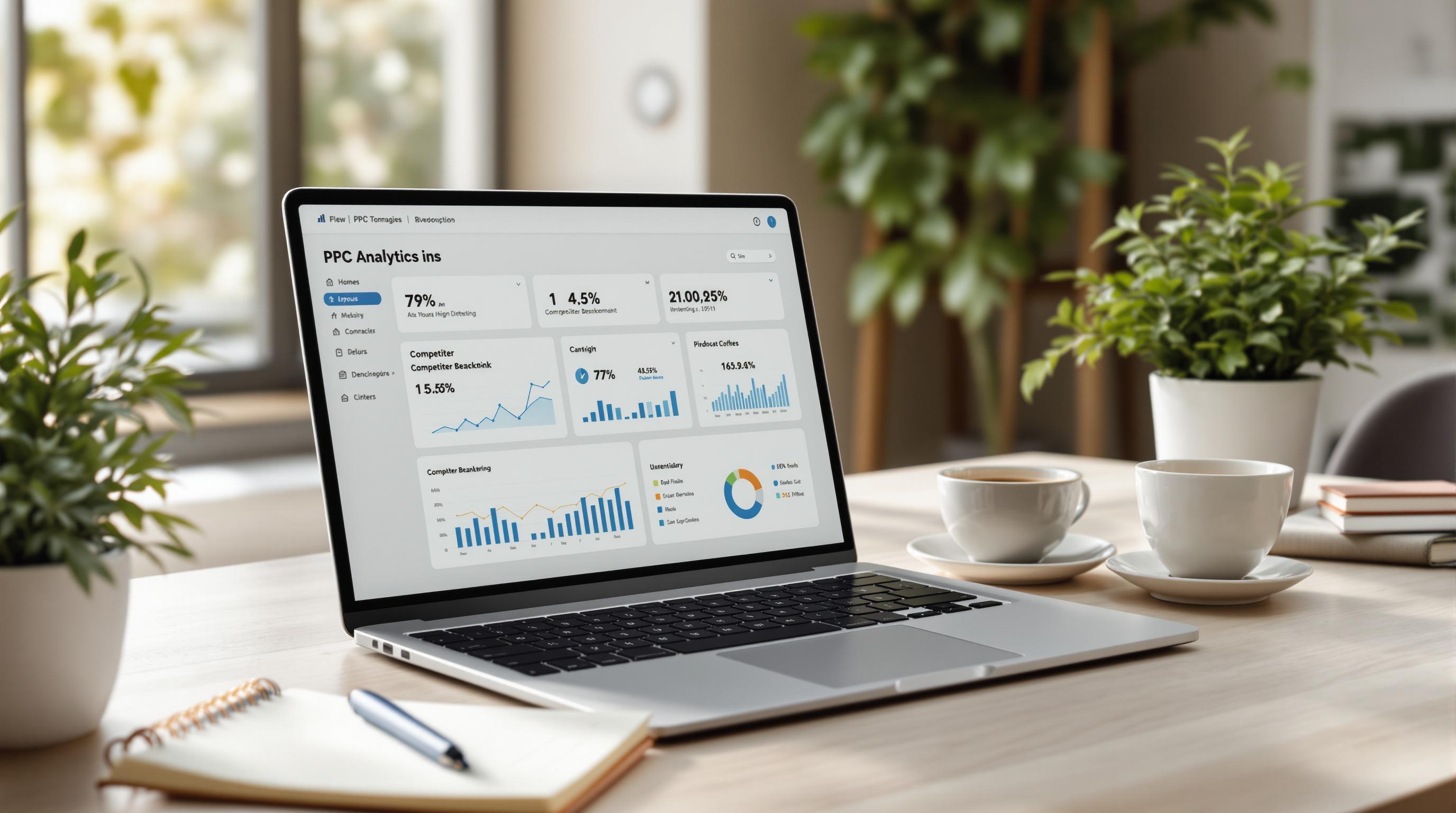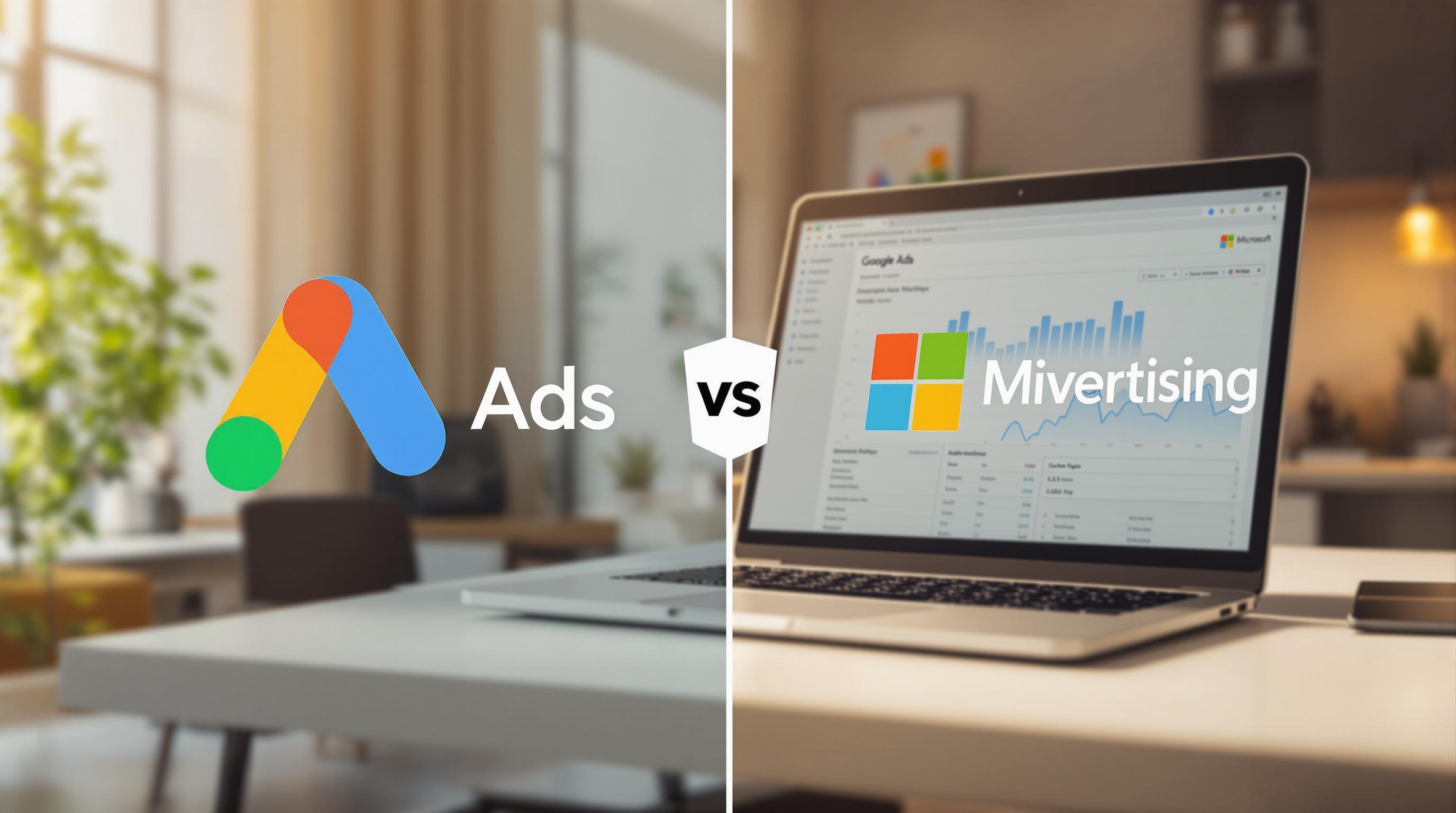Want to maximize your PPC ad budget? Ad scheduling is the key. By showing ads during high-conversion times and reducing spend during low-performing hours, you can boost ROI, cut costs, and improve campaign performance. Here's what you need to know:
- What is Ad Scheduling? A strategy to control when your ads appear, focusing on peak engagement times.
- Why It Matters: Aligns ads with audience activity, increasing ROI by up to 30%.
- How to Use It: Analyze past data, set schedules, and adjust bids for peak hours. Tools like Google Ads and Optmyzr simplify this process.
Ad scheduling isn't just about timing - it's about smarter spending and better results.
Google Ads Ad Scheduling

Benefits of Using Ad Scheduling
Maximizing ROI with Strategic Timing
Ad scheduling helps align your ads with the times when your audience is most active, leading to better returns on your investment. In fact, targeting high-engagement periods can increase ROI by as much as 30% [1][3].
| Time Period | Suggested Strategy |
|---|---|
| Peak Hours | Raise bid adjustments |
| Business Hours | Prioritize B2B ad delivery |
| Off-Peak Hours | Lower or pause ad spending |
Reducing Unnecessary Ad Spend
One of the key advantages of ad scheduling is cutting down on wasted spending during hours when your ads are less effective. By analyzing past campaign data, you can pinpoint low-performing periods and avoid them [1][3].
This method ensures your budget is spent wisely, focusing on delivering ads when your audience is active and more likely to engage or convert.
Enhancing Campaign Performance
Ad scheduling can improve critical campaign metrics across your PPC efforts:
- Higher click-through rates (CTR) during high-engagement times
- Lower cost-per-click (CPC) during less competitive hours
- Better quality scores
- Increased conversion rates during optimal periods
Automated tools make it easier to adjust bids and schedule ads effectively [4]. Regular performance reviews are essential to keep campaigns aligned with shifting market trends [3].
A data-driven approach is key to leveraging ad scheduling for better results.
Steps to Set Up Ad Scheduling in PPC
Reviewing Past Campaign Data
Start by analyzing your campaign's historical data to identify the hours when your ads perform best. Focus on at least 30-90 days of data to uncover trends in:
- Conversion times: When your audience is most likely to take the desired action.
- Click patterns: Hours with the most engagement.
- Cost efficiency: Times when your ad spend provides the best return.
These insights will help you create a schedule that targets the most effective time slots for your ads.
Setting Up Ad Schedules
Navigate to the 'Ad schedule' section in your campaign settings to apply your timing strategy [2]. Tailor your schedule to your business type and audience needs:
| Time Period | Schedule Type | Best For |
|---|---|---|
| Business Hours | Standard 9-5 | B2B companies |
| Evening Hours | Custom blocks for evenings or weekends | E-commerce, Retail |
Make sure to align your ad schedules with your audience's local time zones for accurate delivery. If your business spans multiple time zones, consider setting up separate campaigns for each region [2].
Adjusting Bids for Different Times
Once your schedules are in place, adjust your bids to maximize efficiency during peak hours. Increase bids during high-conversion periods to stay competitive, and lower them or pause campaigns during slower times to save on costs [3].
Start with bid adjustments of around 10-15% and tweak them based on performance. Platforms like Google Ads make this process straightforward, and tools such as Optmyzr and Adalysis can automate bid adjustments based on historical data [4].
For even better results, explore automated bidding strategies. These strategies can factor in variables like device type, location, and audience segments alongside your time-based adjustments, giving you a more precise approach to managing your ad spend.
sbb-itb-89b8f36
Tips for Effective Ad Scheduling
Monitor and Update Regularly
Keep a close eye on your PPC performance to ensure you're getting the most out of your investment. Reviewing data weekly or every two weeks can reveal trends that might require tweaking [3]. Use analytics tools to track performance by the hour and day, focusing on key metrics like:
| Metric | What to Monitor | Suggested Action |
|---|---|---|
| Conversion Rate | Hourly and daily trends | Raise bids during high-conversion periods |
| Cost per Click | Changes throughout the day | Lower bids during costly periods |
| Click Volume | Times of peak activity | Adjust schedules to align with high engagement |
By consistently tracking these metrics, you can fine-tune your bids and schedules to match performance patterns. Over time, this approach will help you align your ads with customer behavior for better outcomes.
Match Scheduling to Business Hours
Align your ad schedules with the times your audience is most active. Think about when your target customers are likely to engage. For example, B2B companies might prioritize standard work hours, while e-commerce businesses could see better results in the evenings. Tools like WordStream PPC Advisor or Optmyzr can simplify the process of managing these schedules [4].
Test Different Time Frames
Historical data is a great starting point, but testing different time blocks can help you refine your strategy even further. Experiment with running ads in the morning, afternoon, or evening to see what works best [3]. Don’t forget to factor in seasonal trends, day-of-the-week behavior, and time zones.
Automation tools like Adalysis can streamline this testing process and provide insights that might be missed with manual analysis [4]. These tools help uncover patterns, allowing you to make smarter scheduling decisions.
Using the Top PPC Marketing Directory

Overview of the Directory
The Top PPC Marketing Directory is a resource for businesses looking to improve their ad scheduling strategies. It organizes tools and services into key categories to make it easier to find what you need:
| Category | Available Resources | How It Helps With Ad Scheduling |
|---|---|---|
| Campaign Management | Automation tools, analytics platforms | Track and evaluate scheduling performance across campaigns |
| Bid Management | Bid adjustment tools, AI-driven solutions | Adjust bids based on time-specific insights |
| Performance Tracking | Analytics software, reporting tools | Measure schedule effectiveness and ROI |
| A/B Testing | Testing platforms, optimization tools | Test and refine different scheduling strategies |
Finding Ad Scheduling Tools and Agencies
The directory makes it simple to locate tools and agencies that align with your campaign goals. Each listing highlights the provider's specialties and services. Look for options that offer:
- Advanced monitoring and automated adjustments for time-sensitive campaigns
- Easy integration with your existing PPC platforms
- Custom reporting tools focused on time-based performance metrics
To choose the right solution, consider the provider’s experience with businesses in your industry. The directory also includes comparison features, so you can evaluate solutions based on specific ad scheduling capabilities, pricing models, and customer feedback.
Using resources from the Top PPC Marketing Directory can simplify your ad scheduling efforts and improve your campaign results.
Conclusion: Improve ROI with Ad Scheduling
Key Takeaways
Ad scheduling helps improve PPC performance by focusing on high-conversion times, cutting down on unnecessary ad spend, and boosting campaign results with precise timing adjustments [1][3].
The main advantages? Better ROI through targeted ads, lower costs during slow periods, and stronger metrics like CTR and conversion rates.
Steps to Enhance PPC Performance
Start by analyzing your current campaigns to guide your scheduling strategy. Here’s a simple approach to get started:
| Phase | Action Steps | Expected Results |
|---|---|---|
| Analysis | Examine past data to spot peak performance times | Discover the best times for ads |
| Execution | Set schedules and tweak bids for crucial periods | Boost visibility and conversions |
| Adjustment | Track results and fine-tune schedules regularly | Keep improving ROI over time |
Leveraging advanced tools and expert services, like those listed in the Top PPC Marketing Directory, can make ad scheduling easier and more effective. Seek out platforms with robust tracking and seamless integration features.


